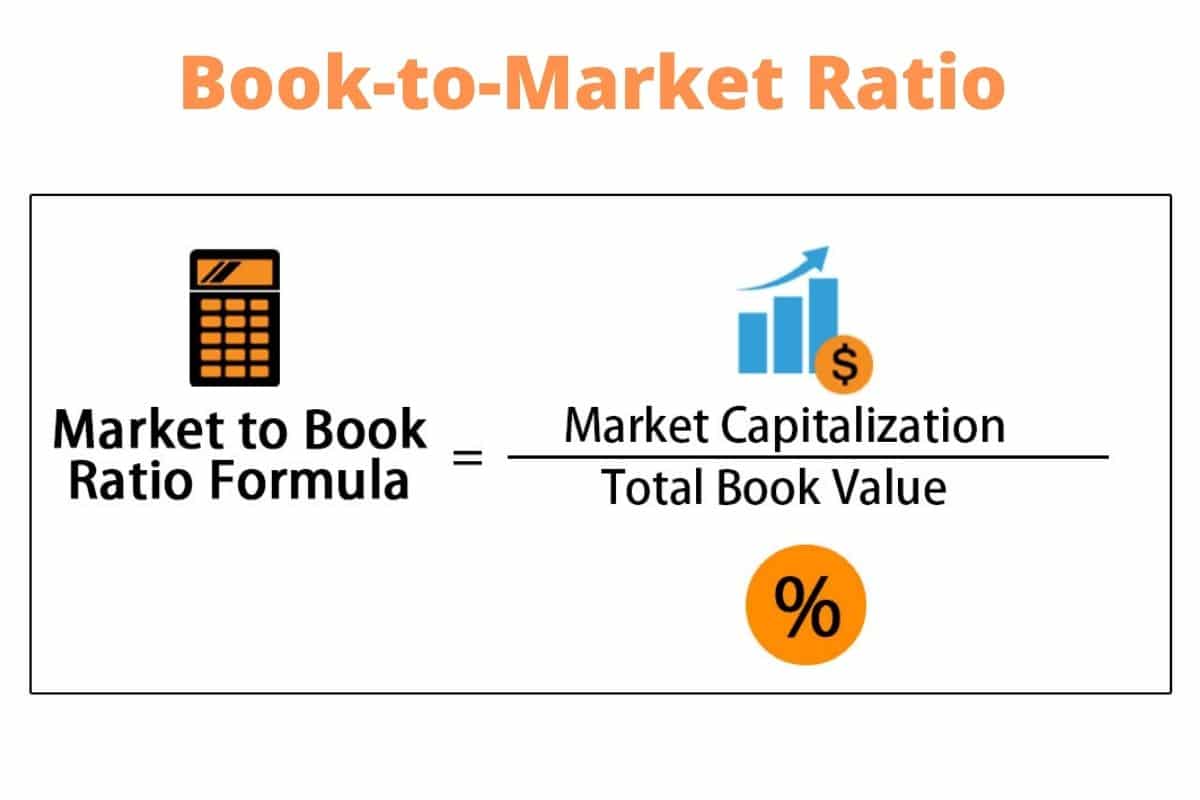Move over, physical stores, and storefronts. The new market space has arrived! You’ve most likely been marketing your company and attempting to expand your online presence.
You’ve probably heard the term “market space” at this point. The term “market space” as it is now used is a relatively new notion that has grown in popularity as a result of the recent Covid-19 outbreak.
However, understanding how this space works and how you can utilize it to market and grow your organization can be difficult.
We’ll be solving the mystery. Explaining what market space is and how you can utilize it to advertise your brand while also making a few sales.
What is Market Space?
In marketing, market space is described as a virtual marketplace in the commercial world where physical limits do not apply. It is the merging of several regions that are deemed marketplaces through technology or through an exchange environment that is powered by electronic information.
Micro-blogging sites, e-commerce platforms, and other instances of market space include Twitter, ebay.com, quicker.com, Myntra, Etsy, Alibaba, Amazon.com, and others. In the market space, electronic transactions are utilized to distribute goods and services.
What is Market Space Marketing?
A market space with no physical limits opens up a whole new world of marketing potential. Making use of market space for your company can help your marketing effort.
You are awarded business since you are on a trusted platform that already receives a huge quantity of traffic daily. Using a market space can be one of the easiest methods to extend your footprint and online profile if you implement strong optimization strategies on your items and services.
This might be challenging because market spaces are crowded with competitors. As a result, it is critical to understand your customer, keep to your brand, and have a unique selling proposition (USP) that sets you apart from the competition.
Features of Market Space
The following are the features of market space:
- Transactions in the market space occur through online media or the Internet.
- There is no face-to-face transaction because electronic media does not provide such an option.
- An interested party can get information about available products in the market space but not anything about the products.
- There are no real showrooms or storefronts. These are being supplanted by the internet and computers, which allow the choice of purchasing.
Significant Market Space Components
The following are the primary components of market space:
#1. Buyers
The world is full of potential consumers and customers who are always searching the internet for a good deal. The goods and services are marketed on many platforms that can be accessed via an internet connection. Consumers are looking for collectibles, entertainment, and personalized things.
The actual power in a market space is held by a client or buyer who may quickly look for the desired item on multiple websites. It is simple to obtain a complete description of the required product and service, compare prices at several portals, place a bid for the item they believe is desirable and even negotiate rates.
#2. Vendors
Sellers are an important component of the market space. There are numerous market areas on the internet that provide consumers with millions of products and services. These sellers are actively interested in large-scale advertising to attract both old and new customers. A buyer might find new offerings on a daily basis because the products and services are refreshed at regular intervals to keep the site looking fresh.
Sellers view marketplaces as particularly handy for marketing their products since they may obtain exposure to an infinite number of consumers, which would not have been possible through physical businesses. Furthermore, sellers can save money on additional expenditures associated with retail outlets but have no influence on market spaces.
#3. Intermediates
There are several sorts of intermediates in the market space that offer a variety of web-based services. Online intermediates are skilled at handling the circumstances of online markets by providing infrastructure services, matching buyers with sellers and vice versa, and assisting both parties in successfully completing a transaction.
#4. Additional business partners
In addition to the middlemen, the market space has other business partners such as shippers who work with the supply chain via the Internet.
#5. Items
The market space is wide, with practically every type of good available on web platforms. Purchasing is a simple option that may be accomplished with a single mouse click. The market space is likely to see the digitalization of services and products.
Because most of the costs in digital products are fixed, earnings increase as quantities increase, which is a big benefit for sellers.
#6. Back end
The back end of the market, which includes activities such as order fulfillment, packing, payment processing, purchasing from suppliers, inventory management, and delivery, is an important component of the market space.
#7. Infrastructure
Networks, software, and hardware make up the infrastructure of market space.
#8. Front end
The market space is interacted with through a front end, and the business processes comprise a shopping cart, electronic catalogs, a seller’s portal, a payment gateway, and a search engine.
#9. Support services
Support services provided in the web world are one of the market space components. Trust services and certification, for example, ensure the security of knowledge providers.
Objectives of the Market Space
The following are the objectives of market space:
- Increasing brand awareness in the market space
- Selling a product or service in a market space
- Offering product assistance
- Providing client service through the market space
What are the Benefits of Market Space for Your Company?
There are numerous benefits to utilizing a market space to advertise your business and develop an online presence and brand.
#1. High Demand Store Open 24 Hours
For one thing, there is already a robust market, so there is no need to develop demand from the start.
The process of selling through a market space is also more rapid because consumers can begin browsing your products immediately once they are loaded, and with no operation hours, sales can be made swiftly at any time. As a result, many customers prefer to shop at digital multi-vendor marketplaces rather than physical stores.
Market spaces also provide specialized customer assistance 24 hours a day, seven days a week, so you can be confident that if an issue develops, someone will be available to assist you.
#2. Simple payments and cost savings
The platform typically has its own payment escrow services, which is another benefit for your organization in the market space.
This simplifies and secures online transactions. Consumers’ buying experiences are also considerably easier and more convenient because they may shop from the comfort of their own homes or with a few clicks. You may also shop from any place because the Internet is available in most places.
Finally, one of the most significant benefits is that maintenance costs are substantially cheaper than those associated with keeping a traditional brick-and-mortar storefront or paying to attend other electronic and conventional markets.
You will save money on transportation, inventory, store rent, and maintenance, among other things.
About Customer Loyalty
There is no doubt that building customer loyalty on a market space platform is incredibly challenging because the consumers are typically not repeat visitors.
Building a strong, loyal following is possible if you have a good advertising plan in place and sell products of high value and quality.
However, the vendor may have to put in more effort. Etsy is an excellent example of a platform where sellers can maintain ties with their customers while also building a loyal and strong brand following.
Drawbacks of a Market Space
The following are the downsides of market space:
- The disadvantage of market space is that there is no way to test the product. One must examine the specifications and available information to determine the product’s appropriateness.
- A buyer cannot rely on personnel who operate as a guiding force in the market space.
- There is no direct communication between buyer and seller in the market space.
- Because the client base is shared by multiple sellers, the market space loses the opportunity to upsell and cross-sell products.
- The market space is product-focused rather than seller-focused.
- Because they are not frequent visitors, there is no client loyalty in the market space. They are random visitors who like items and subsequently buy since they have various possibilities.
- The level of competitiveness in the market space is always higher than in other marketplaces.
- Marketplaces are well-known for providing various discounts and incentives to entice clients. Even when sales quantities improve, profit margins do not follow suit.
What is New Market Space?
Every firm has competitors against whom it measures its development. A company’s progress can be measured by incremental gains in cost, quality, or both.
However, the competition can become rather fierce at times. Some companies seek to build a new market space that would distinguish them apart from their competitors.
This is not always easy to do and necessitates a shift in thinking in order to recognize opportunities where others do not. Instead of thinking inside the box and focusing just on the traditional markets inside your sector. Try broadening your vision to find possible areas for innovation.
It is critical to be able to build a new market space within the virtual world of retail. There is a lot of rivalry online. You’ll need something that distinguishes you from the competition and attracts customers. If you don’t capture a potential buyer’s interest within the first few seconds of their browsing, you may lose the sale.
What is the Distinction Between Marketspace and Marketplace?
Because we now understand the two aspects separately, we will compare them to determine the differences based on a range of circumstances.
Marketspace and Marketplace are defined as follows:
- Marketplace: A marketplace is a physical space where buyers and sellers interact and share information.
- Marketspace: A marketspace is an electronic or online exchange environment based on information and communication technology where buyers and sellers engage and transact in a virtual setting.
Marketspace and Marketplace Characteristics:
Physical Existence
- Marketplace: The marketplace has a physical location, as well as physical customers and sellers. Direct talks are used to complete the purchase.
- Marketspace: There is no requirement for the marketspace to have a physical location or physical customers or vendors. Everything is electronic and is built on information and technological infrastructure.
Expense / Investment
- Marketplace: Because of the infrastructure and the likelihood of fewer clients, the cost at the marketplace may be slightly higher. Building, maintenance, and employee costs would be factored into product pricing.
- Marketspace: In the marketspace, costs can be reduced through creative thinking such as lowering overheads, shared ownership (infrastructure held by multiple parties to the transaction), online money transfer, and so on.
Supply and Demand
- Marketplace: Supply and demand are decided by a smaller number of people in a marketplace since it is limited to a locality of a city or a country. Even if the seller perceives a lack of supply, the reaction or price he can collect will be limited due to the low number of buyers.
- Marketspace: Supply and demand are determined by a larger number of purchasers, sometimes on a global scale, in the market space. So, if the seller suspects a lack of supply, an online auction would be the best option for capturing the greatest potential rate.
Value Generation
- Marketplace: At the marketplace, content, context, and infrastructure are collected and inextricably linked to facilitate a transaction. The sum of these characteristics determines brand equity and value proposition.
- Marketspace: Content, context, and infrastructure can be separated in the marketspace and used to determine perceived consumer value.
Last Thoughts
Market space is an excellent platform. Companies can use PCs, cellphones, or tablets to sell their products through the Internet. It allows buyers to seek what they want from the comfort of their own homes. It’s also a means for businesses to expand their online presence and gain exposure to enormous amounts of visitors.
- OFFICE SPACE: Cheap Office and Commercial Office Space Rent
- HOW TO SELL ON FACEBOOK MARKETPLACE: Detailed Guide
- HOW TO SELL A PRODUCT: Effective Steps & Strategies in 2023
- HOW TO SELL A PRODUCT: Effective Steps & Strategies in 2023
- MARKET DEMAND: Definition, Types, and Tools






